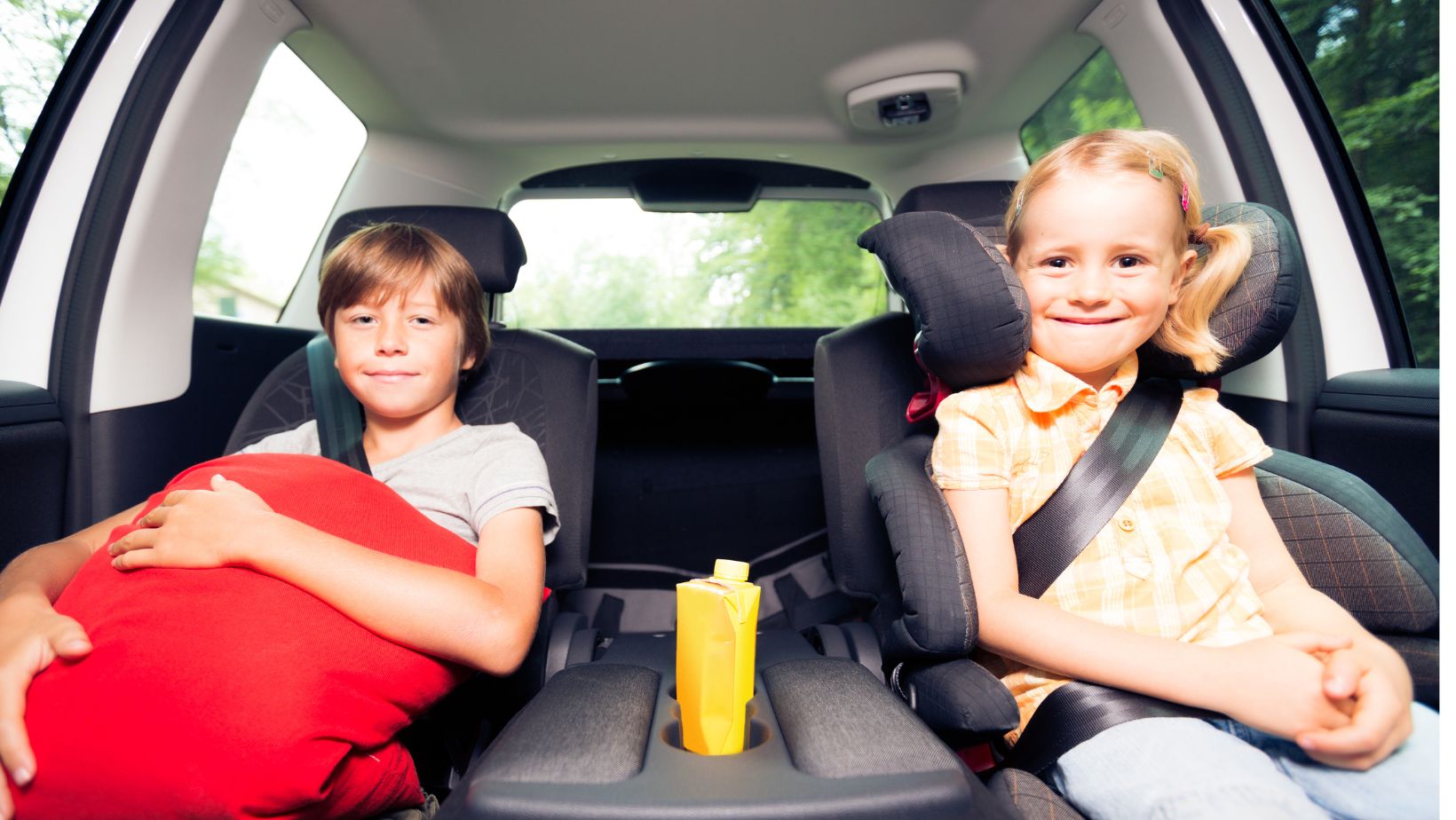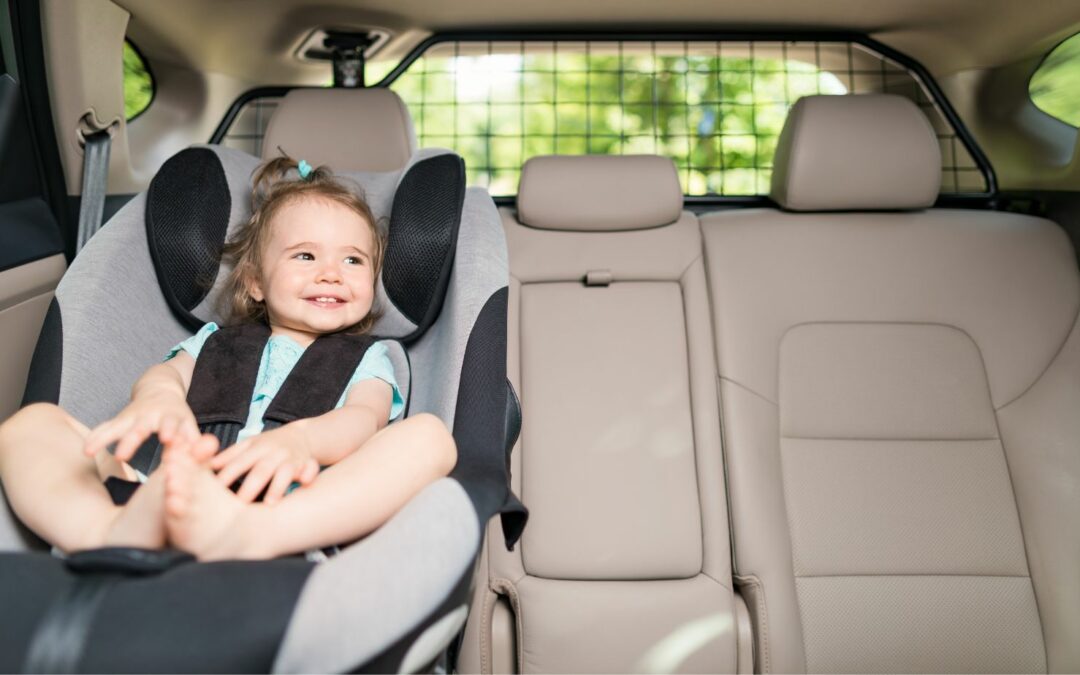As parents, the safety and well-being of our children are of paramount importance. One area where this concern is often heightened is during car travel. The mere thought of a car accident is nerve-wracking, but preparing and childproofing your car can significantly reduce the risks associated with a car crash. Here’s a comprehensive guide to ensuring your car is as safe as possible for your precious cargo.
1. Invest in the Right Car Seat: The type and quality of the car seat you choose for your child can be a lifesaver.
- Infants (0-12 months): They should always be placed in rear-facing car seats. These seats are designed to support the infant’s head, neck, and spine effectively.
- Toddlers (1-3 years): While it’s recommended to keep your child rear-facing as long as possible, once they outgrow such seats, switch to a forward-facing car seat with a harness.
- Preschoolers (4-7 years): Continue using forward-facing car seats until the child surpasses the seat’s height and weight limits. Then, transition to booster seats.
- Older children (8-12 years): They should remain in booster seats until they’re big enough for seat belts to fit properly.
2. Ensure Proper Installation of the Car Seat: Even the safest car seat can’t protect your child if it’s not installed correctly.
- Read the manufacturer’s instructions carefully.
- Make sure the seat is tightly secured. It shouldn’t move side-to-side or front-to-back more than 1 inch.
- Attend car seat safety checks. Many hospitals, fire departments, and police stations offer these services.
3. Activate Child Safety Locks: Most modern vehicles come equipped with child safety locks on rear doors.

These prevent children from opening the doors from the inside, a crucial feature when the car is moving.
4. Window Controls: Ensure that power windows have a lock to prevent children from operating them. Children can accidentally trap their fingers or other body parts, leading to injuries.
5. Store Loose Objects: In the event of a sudden stop or crash, loose items can become projectiles. Store toys, bottles, and other objects in the car’s pockets or storage compartments. If an item isn’t necessary for the trip, consider leaving it at home.
6. Avoid Front Seat Travel: Children under 13 should always sit in the back seat. The front seat, especially with airbags, can pose risks to younger children if they deploy.
7. Adopt a No Food Policy: While it might be tempting to give kids snacks to keep them occupied during drives, eating in the car can pose a choking hazard. If children need to eat, consider taking a break from driving.
8. Keep Car Keys Out of Reach: Children are naturally curious and might want to mimic adults by starting the car. Always store car keys out of a child’s reach to prevent them from accidentally starting the vehicle or activating controls.
9. Educate on Seat Belt Safety:

As children grow and transition out of booster seats, it’s crucial to teach them the importance of seat belts. Ensure they understand that seat belts should run across the upper thighs and not the stomach, with the shoulder belt running across the chest and not the neck.
10. Develop a Pre-Drive Routine: Before starting your car, walk around it to ensure that no children are behind or around the vehicle. This routine is especially crucial for larger vehicles with bigger blind spots.
11. Invest in Safety Features: If you’re in the market for a new car, consider models with advanced safety features. Technologies like rearview cameras, blind-spot detection, and lane departure warnings can enhance safety, especially with children on board.
12. Stay Updated on Recalls: Car seat manufacturers occasionally issue recalls for their products. Register your car seat to receive notifications, and regularly check the National Highway Traffic Safety Administration’s website for updates.
While no parent wants to imagine being in a car accident, especially with their children onboard, preparing for such scenarios can make a significant difference in outcomes. By childproofing your car and adopting safety-conscious habits, you not only protect your children but also instill in them the importance of road safety. Remember, our actions as adults often serve as lessons for the younger generation, so let’s set the best example possible. Safe travels!
Jessica has a flair for writing engaging blogs and articles. She enjoys reading and learning new things which enables her to write different topics and fields with ease. She also strives to break down complex concepts and make them easy for anybody to comprehend.





